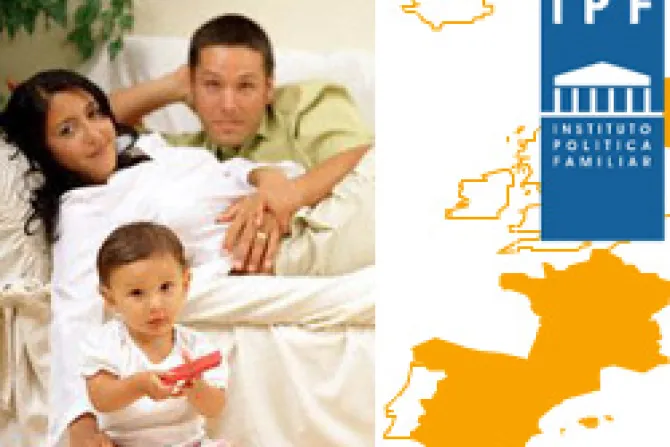Brussels, Belgium, May 10, 2008 / 08:35 am
A new report presented to the European Parliament on Wednesday shows more evidence of a “demographic winter” in Europe, where a decline in both birth and marriage rates have helped create an “elderly continent.”
The Institute for Family Policy’s report, “The Evolution of the Family in Europe 2008,” is a study that was undertaken by experts from several disciplines including demography, psychology, sociology, and family studies.
Lola Velarde, president of the Institute for Family Policy European Network, said that concern about the European family and its problems has grown, as evidenced by several recently adopted European Union documents. However, she said this action is “clearly inadequate” and family problems continue to worsen.
According to the report, which was released to CNA, indicators of population, birth, marriage, and family breakdowns have all worsened in the past 27 years. People over age 65 outnumber those under age 14 by 6 million. Additionally, there are now one million fewer births per year than there were in 1980.
At present, there are almost 1.2 million abortions per year in the E.U., making abortion the leading cause of mortality in Europe. The figures are equivalent to the population of Luxembourg and Malta combined. Nearly 18.5 percent of all pregnancies in the E.U. end in abortion.
The fall in the European Union marriage rate has also been drastic. In 2006 there were 732,752 fewer marriages than in 1980, a decrease of 23.9 percent. When they do marry, people are starting families later, with women marrying at an average age of 29 and men at an average age of 31. This represents an increase in the average age of marriage by more than five years.
In 2006, the report said, divorces numbered over one million-- 365,000 more than in 1980. Between 1996 and 2006 there were over 10.1 million marital breakdowns, affecting more than 15 million children.
European Union households themselves are shrinking in size, with an average 2.4 members per household. One in four households is occupied only by a single resident.
Even the population growth of the European Union, which added 14.2 million people between 2000 and 2007, portends demographic problems. Twelve million of the added population, 84 percent, resulted from immigration. The immigrant population now stands at 27 million people, representing 5.5 percent of Europe’s population.
The report points out that there is no European Union organization in charge of family policy and calls for greater defense family. According to the report, there is a clear correlation between direct assistance to families and the number of children. Countries offering higher family benefit levels have higher birth rates.
The Institute for Family Policy recommended several proposals to develop “family-friendly” government policies. These include making a “family-oriented” policy approach integral to all European Union laws; recognizing and promoting family rights in all areas, particularly in child care and education; promoting uniformity between national family policies to avoid differences between countries; and establishing equality of opportunity for all families to avoid discrimination based on number of children, levels of income, or distribution of income.
The full IFP report is viewable at www.ipfe.org


